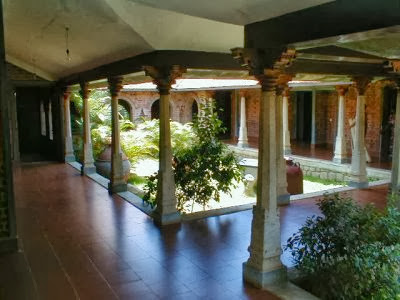Like in Feng Shui, Vastu too had different recommendations for the kings and the citizens. The objective was that the citizens should always live in the shadows of the king and should never become as powerful and rich as them. This resulted in Vastu texts recommending that the central portion of the house (called brahmsthan) to be open. Technically, brahmsthan is the inner space of a house connected with the outer space.
King’s palace too had open central courtyard but the palaces were so designed that the king’s residence did not have the central courtyard falling in it. The central courtyard separated their place of residence and place of work.
There are mainly three countries where ancient architecture supported the concept of central courtyard – India, China and Indonesia. The architectures of the west never recommended such a structure.
Mahavastu believes that an open central courtyard leads to evolution of people staying in such houses slows down, they are not ambitious and get easily satisfied by small means. Several case studies have revealed that many of the people who stayed in such houses have not been able to study beyond matriculation while staying in the house.
This is a complete myth and need not be fussed about when making a vastu compliant house.
Manoj Shrivastava is a MahaVastu Expert and can be contacted at mshrivastava2005@gmail.com for all your queries and problems.
No comments:
Post a Comment